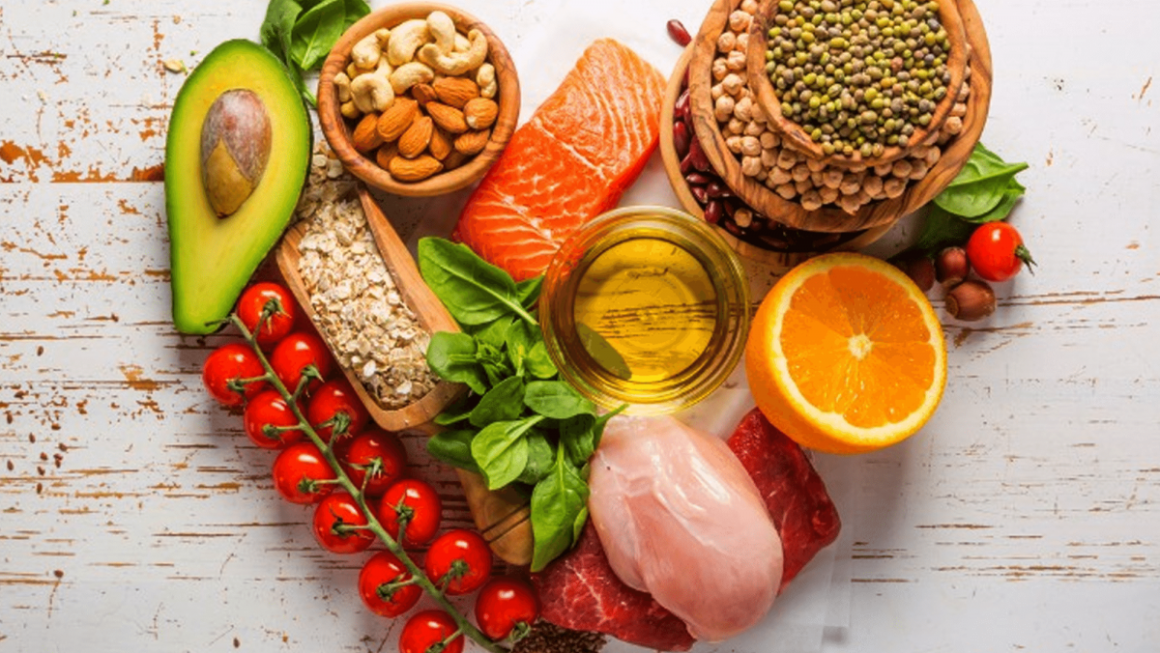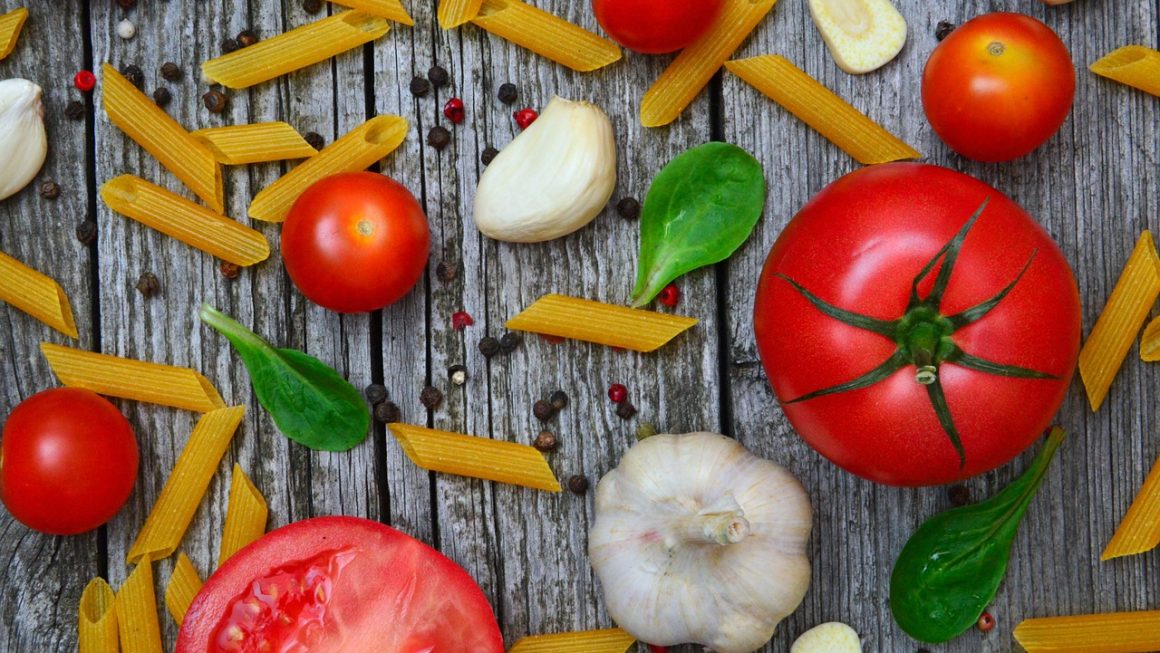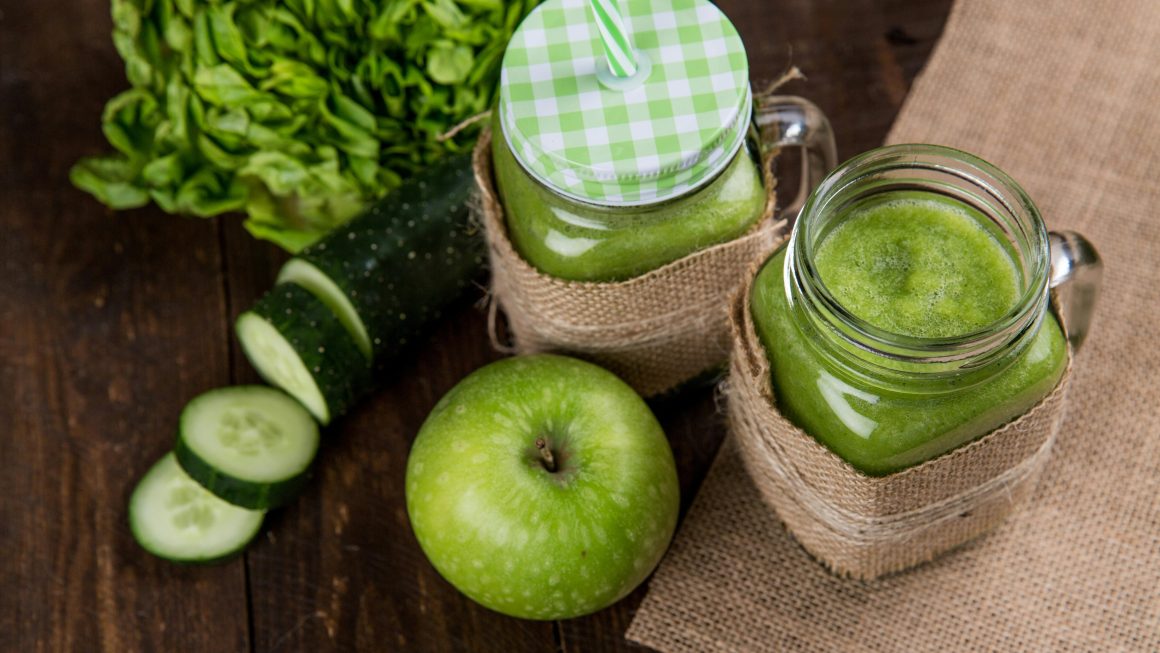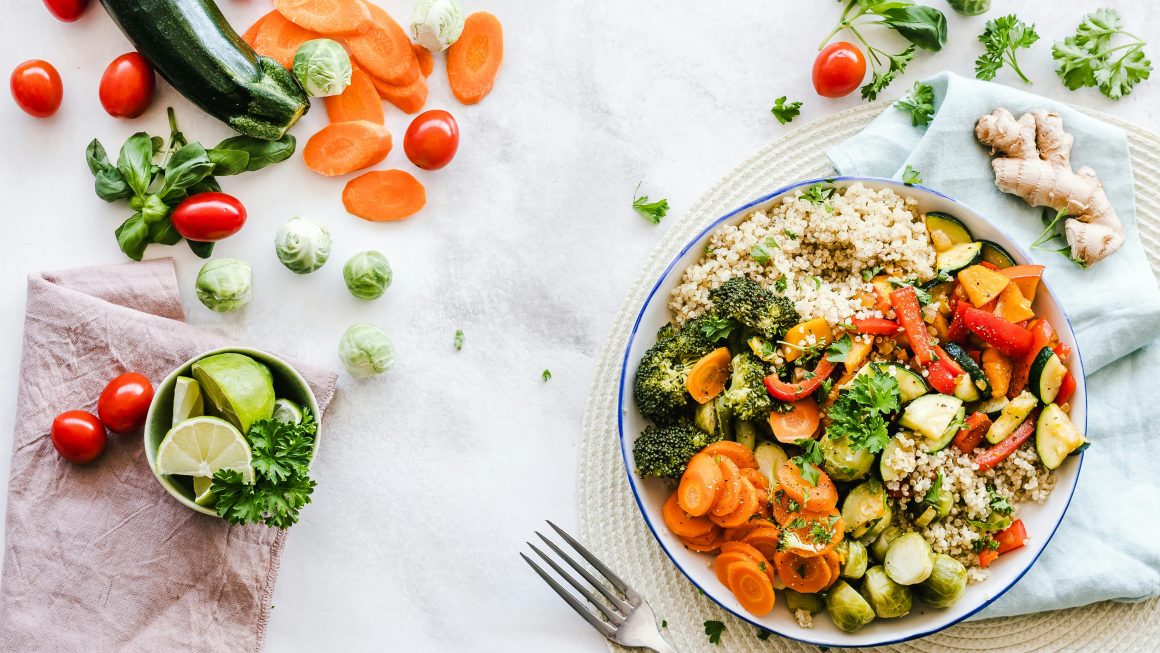If you are looking for the best diabetes diet, eat the right foods in the right amounts at the right times. Check out the best foods to eat and learn how to control your blood sugar levels.
A diabetes diet is a healthy eating plan that includes foods, rich in nutrients and low in fat and calories. A healthy eating plan for diabetes can do wonders if you eat in moderate amounts and stick to the regular mealtimes. A diabetes diet that includes fruits, whole grains and vegetables can work best for diabetes and prediabetes.
Developing a healthy eating plan for diabetes can manage your blood glucose levels, maintain your weight and reduce the risk of heart diseases. Having extra calories and carbohydrates in your diet is dangerous as it can lead to hyperglycemia, high blood sugar. It may lead to long-term complications such as nerve, kidney and heart damage.
Let’s explore in detail why you need a healthy eating plan for diabetes and how a diabetes diet can control your blood sugar.
Why Do You Need a Healthy Diabetes Diet?
Diabetes isn’t just about medication or checking blood sugar, it’s about making smart decisions every time you eat. The key to living well with diabetes whether type 1 or type 2 is choosing foods that keep your blood sugar stable, fuel your body with nutrients, and support long-term health.
Whether you’ve just been diagnosed or you’ve been managing diabetes for years, knowing what to eat and how much to eat can feel confusing. But with a clear diet plan, it becomes easier than you think. A healthy diabetes diet is all about choosing different foods from different food groups. As no single food contains all the essential nutrients your body needs for optimal functioning. You need a balanced diet including carbohydrates, healthy fats, proteins and fiber. When you nourish your body with healthy foods, it functions at its best.
The key is to make well-informed, healthy and diabetic-friendly eating choices to live well. For effective diabetes management, you need the best diabetes-friendly diet plan, what foods to include (and avoid), portion control tips, and meal ideas to help you stay healthy without feeling deprived.
What Makes the Best Diabetes Diet Plan?
The best diabetic diet is not one-size-fits-all. Foods that help regulate blood sugar in Type 1 diabetics may not have the same effect or even be suitable for individuals with Type 2 diabetes. But all great diabetes-friendly eating plans have common goals:
- Keep blood sugar levels stable
- Improve insulin sensitivity
- Support weight management
- Protect the heart, kidneys, and nerves
Best Eating Patterns for Diabetes — Choose What Suits You
There are several scientifically backed diet plans that work well for diabetes management:
| Diet Plan | Best For | Key Features |
| Mediterranean Diet | Heart health + blood sugar control | Rich in olive oil, veggies, whole grains, fish, nuts |
| DASH Diet | Blood pressure + diabetes | Emphasizes low-salt, fruits, veggies, lean proteins |
| Low-Carb / Moderate-Carb Diet | Weight & sugar control | Limits refined carbs; focuses on high fiber and protein |
| Plant-Based / Vegan Diet | Cholesterol & weight | Whole grains, legumes, vegetables, minimal processed foods |
You don’t need to follow any plan strictly, you can mix elements from each to create a flexible, balanced diabetic plate.
Why Meal Planning is Important for Diabetes?
A meal plan helps you get all the essential nutrients your mind and body need to perform well and manage your blood glucose levels. Counting carbs and using the portion control method can make meal planning much easier. With proper meal planning, you know when, what and how much to eat. A good meal plan includes carbohydrates, with good protein content, fats, and fiber to slow down how quickly your blood sugar level rises. A diabetes meal plan includes a balanced diet to avoid high or low blood glucose levels. Counting carbs and using the plate method can be helpful and make planning diabetes meals easier.
The Diabetic Plate Method
One of the major mistakes many diabetics make is to eat more foods than the body needs. Thanks to the plate method, making it easier to balance the amounts of vegetables, proteins and carbs in your diabetes diet.
Easy Portion Control Strategy
A simple, effective way to design meals is a 9-inch dinner plate method:
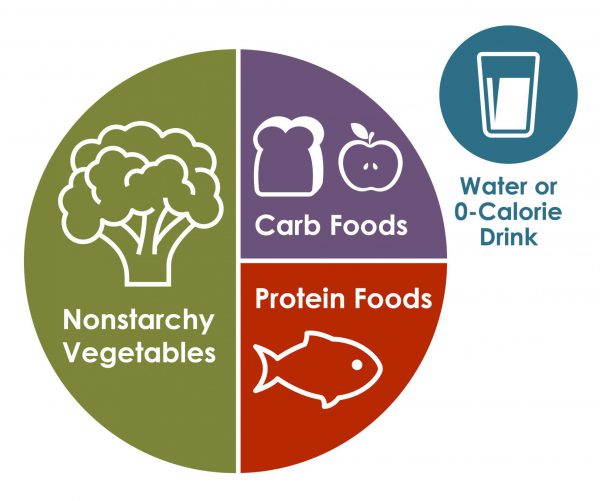
- 50% Non-Starchy Vegetables such as spinach, broccoli, bell peppers, cauliflower
- 25% Lean Protein such as chicken, fish, eggs, tofu, lentils
- 25% Complex Carbs such as quinoa, brown rice, oats, whole wheat roti or pasta
Add healthy fats like olive oil, avocado, nuts, or seeds in moderation. You can have a low-calorie, weight loss drink with your diabetes meal.
This method naturally reduces blood sugar spikes and helps with fullness.
Best Foods to Include in a Diabetes Diet
What to eat and what not on a diabetes diet is one of the most common questions people with diabetes ask. Diabetics are advised to limit their intake of white bread, sugary drinks and refined foods. At the same time, a diet rich in veggies, fruits, lean proteins is good to go. However, the right amount of carbohydrates is important, especially if you are taking insulin.
- Whole grains such as brown rice, buckwheat, quinoa, millet, whole grain bread and pasta
- Fiber-rich foods such as oats, barley, beans, chia seeds, flaxseeds
- Low-glycemic fruits such as berries, apples, pears, oranges
- Leafy greens & colorful veggies – spinach, cabbage, broccoli, kale, carrots, zucchini
- Lean protein sources such as fish, chicken, turkey, Greek yogurt
- Healthy fats such as olive oil, walnuts, almonds, avocado
Foods to Limit or Avoid in Diabetes
One of the best diabetes management techniques is to opt for dietary changes that can balance high and low glycemic index GI foods. Avoid high GI foods as they can increase your blood sugar levels.
- Sugary drinks like soda, sweetened juices
- Refined carbs like white bread, white rice, pastries
- Processed snacks like chips, crackers, instant noodles
- Saturated & trans fats like deep-fried foods, margarine
- Refined sugar and salty foods
- Excess red or processed meat like sausages, bacon
- Alcohol
Your Daily Diabetes Meal Plan
| Meal | What to Eat |
| Breakfast | Oatmeal topped with berries + chia seeds OR vegetable omelet with whole-grain toast |
| Mid-Morning Snack | Handful of almonds or Greek yogurt |
| Lunch | Grilled chicken + quinoa + steamed veggies (broccoli/carrot mix) |
| Evening Snack | Apple slices with peanut butter |
| Dinner | Baked salmon + roasted sweet potato + sautéed spinach |
| Before Bed | Low-fat milk or boiled egg to prevent night-time sugar drop |
Tips for Effective Diabetes Meal Planning
- Eat at regular times as skipping meals can cause sugar dips or overeating
- Monitor carbohydrate intake, you use diabetes management apps or labels to stay on the right track
- Stay hydrated, drink water, unsweetened teas, or infused water
- Pair carbs with protein or fiber to slow glucose release
- Always plan ahead as meal prepping helps avoid unhealthy food choices
Final Word
There is no perfect diabetes diet, the best one is balanced, enjoyable, and sustainable. You don’t have to give up your favorite foods; you just need to make smarter swaps, control portions, and combine foods strategically. With mindful eating and consistency, diabetes can be managed, without feeling restricted.
Frequently Asked Questions
What is the best diet for managing diabetes?
There is no single best diabetic diet. The best diabetes diet is the one you can stick to. However, most nutritionists and dieticians recommend a meal plan rich in whole grains, lean proteins, high-fiber vegetables, healthy fats, and controlled portions of carbohydrates is the best diabetes diet. Popular options include the Mediterranean diet, DASH diet, and low-carb plans.
Are diabetics allowed to eat carbohydrates?
Yes, diabetics can eat carbohydrates but they should choose complex carbs like oats, brown rice, quinoa, legumes, and whole-grain bread instead of refined carbs like white rice or sugary snacks. Portion control is key.
Can I eat fruit if I have diabetes?
Absolutely! Fruits like berries, apples, pears, and oranges have natural sugar but also fiber, which helps prevent blood sugar spikes. Avoid fruit juices and dried fruits as they raise glucose levels faster.
What foods should diabetics avoid completely?
It’s best to avoid sugary drinks, processed snacks, white bread, deep-fried foods, and high-sugar desserts. These cause rapid spikes in blood sugar and contribute to weight gain.
How often should diabetics eat?
Most diabetics benefit from eating smaller, balanced meals every 3–4 hours to maintain stable blood sugar levels. Skipping meals can lead to dangerous highs or lows, especially, if you are taking insulin.
Is it okay for diabetics to eat sweets occasionally?
Yes, in moderation. If you plan to enjoy a dessert, balance it by reducing carbs in the rest of your meal or pairing it with protein or fiber to slow sugar absorption.
Is intermittent fasting safe for diabetics?
It can be, but it depends on the type of diabetes and medication. Always consult your diabetologist/endocrinologist before trying fasting or restrictive eating patterns to avoid hypoglycemia.
Do I need to follow a different diet for Type 1 vs. Type 2 diabetes?
Yes, dietary needs can vary. Type 1 diabetes focuses more on matching insulin doses with carb intake, while Type 2 usually requires managing weight, insulin resistance, and overall calorie control. A dietitian can help customize your plan.
How much water should diabetics drink daily?
Staying hydrated helps regulate blood sugar levels. Aim for at least 8 glasses of water daily or more if your blood sugar is high or you’re physically active.
Can a healthy diet reverse diabetes?
Type 2 diabetes can sometimes be put into remission through weight loss and lifestyle changes. While not a cure, a disciplined diet can significantly reduce or eliminate the need for medication. Type 1 diabetes cannot be reversed, but diet helps in better control.

